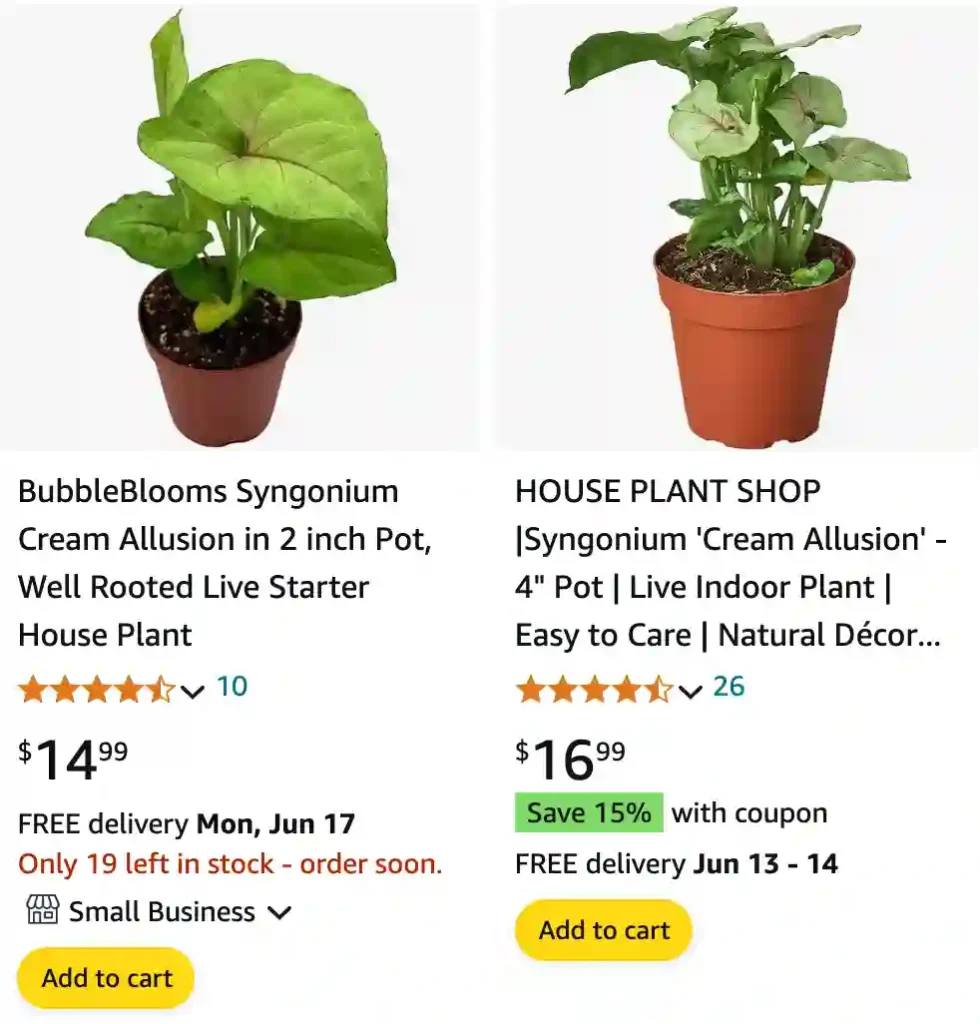
Syngonium Cream Allusion: Your Guide to This Captivating Variegated Vine
I’m Ferb Vu, and like many of you, I’m a sucker for beautiful houseplants. The Syngonium Cream Allusion, with its captivating foliage, has become a recent obsession. Let’s delve into everything you need to know about this unique plant, from its care requirements to its temperament compared to other popular houseplants.
What is a Syngonium Cream Allusion?
The Syngonium Cream Allusion is a stunning variegated variety of the Syngonium podophyllum, commonly known as the Arrowhead Vine. This tropical beauty boasts a compact growth habit, making it ideal for smaller spaces.
Key Characteristics:
- Leaves: Medium-sized, creamy-green with prominent pink veins. New leaves often display a stronger, almost reddish, vein color.
- Size: Generally stays compact, with mature plants reaching around 1-2 feet in height.
- Habit: Branches extensively from the base, creating a bushy appearance.
- Light: Prefers bright, indirect light. Avoid harsh, direct sunlight.
- Water: Water when the top inch or two of soil dries out. Avoid overwatering, which can lead to root rot.
- Humidity: Adapts well to average household humidity, but thrives with a slight increase.
Syngonium Cream Allusion vs. Other Popular Houseplants:
1. Pothos (Epipremnum aureum)
Similarities: Both are fast-growing, low-maintenance vines that tolerate lower light conditions.
Differences: Pothos leaves come in a wider variety of colors, from solid green to variegated with white or neon splashes. Pothos can grow much larger than the Cream Allusion.
2. Philodendron (Philodendron spp.)
Similarities: Both are Araceae family members, known for their attractive foliage. Many philodendrons, like the Heartleaf Philodendron, share a similar climbing vine habit.
Differences: Philodendrons come in a much wider range of shapes, sizes, and colors. Some philodendrons, like the Monstera Deliciosa, can grow quite large. Unlike the Cream Allusion, some philodendrons can be toxic to pets and children if ingested.
3. Neon Pothos (Epipremnum aureum ‘Neon’)
Similarities: Both feature vibrant foliage with prominent veins. The Neon Pothos shares a similar fast-growing, low-maintenance nature.
Differences: The Neon Pothos boasts brighter, lime-green leaves with neon yellow variegation. The Cream Allusion’s veins are a defining feature, while the Neon Pothos’ variegation takes center stage.
How to care for Syngonium Cream Allusion?
Light: Provide your Cream Allusion with bright, indirect light. A few hours of morning sun is okay, but avoid harsh afternoon sun, which can scorch the leaves.
Water: Water thoroughly when the top inch or two of soil dries out. Allow the excess water to drain freely from the pot’s drainage holes. Overwatering is detrimental, so err on the side of underwatering.
Soil: Use a well-draining potting mix specifically formulated for houseplants. A mixture containing perlite or orchid bark will promote good drainage.
Fertilizer: During the growing season (spring and summer), fertilize your Cream Allusion once a month with a diluted balanced houseplant fertilizer. Withhold fertilizer during the winter months.
Humidity: While the Cream Allusion adapts well to average household humidity, it thrives with a slight increase. Consider using a pebble tray filled with water or a humidifier placed nearby.
Pruning: Pruning encourages bushier growth and can control the plant’s size. Simply snip off leggy stems or unwanted leaves with sterilized pruning shears.
Propagation: Syngonium Cream Allusion propagates easily through stem cuttings. Take a stem cutting with a few nodes, place it in water or moist potting mix, and watch it sprout new roots.
Troubleshooting Common Syngonium Cream Allusion Issues
Yellowing Leaves: This can be caused by overwatering, underwatering, or lack of light. Check the soil moisture and adjust your watering habits accordingly. Ensure your plant receives sufficient bright, indirect light.
Brown Spots on Leaves: These could be signs of sunburn from too much direct light. Move your plant further away from a bright window.
Leggy Growth: This indicates insufficient light. Move your Cream Allusion to a brighter location.
Pests: Mealybugs and spider mites can occasionally be an issue. Regularly inspect your plant and treat infestations with neem oil or insecticidal soap.
With proper care, your Syngonium Cream Allusion will reward you with years of captivating, variegated foliage that adds a touch of elegance to any indoor space. Whether you’re a seasoned plant parent or a curious beginner, the Syngonium Cream Allusion’s easy-going nature and stunning appearance make it a truly special addition to your houseplant collection.




